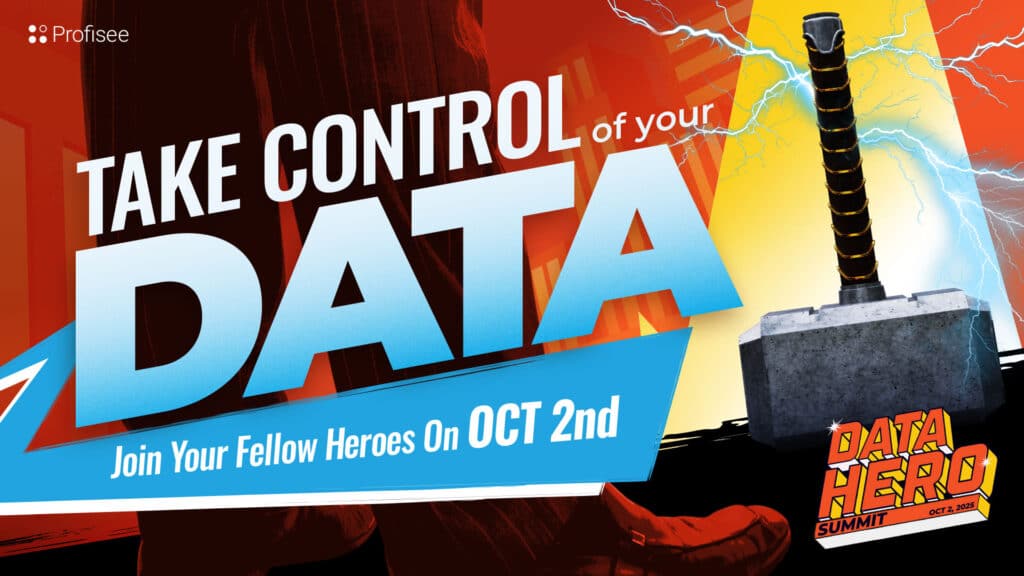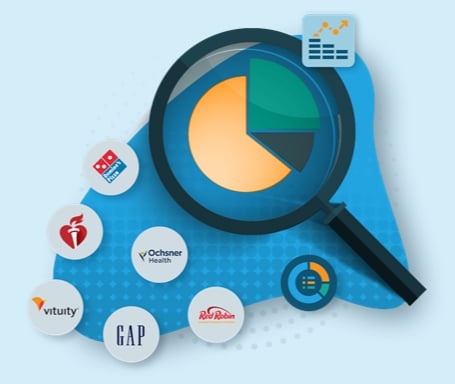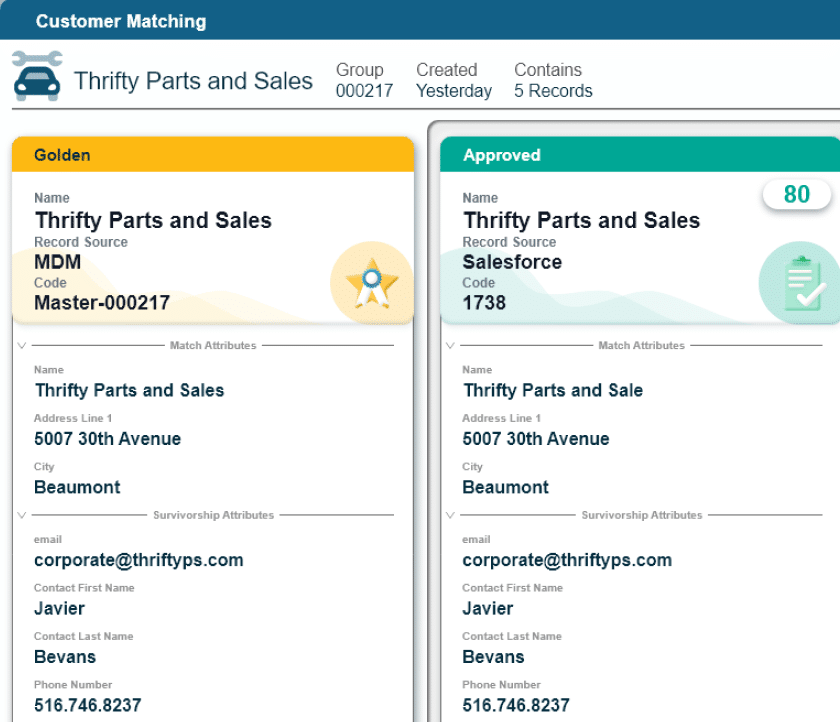Table of Contents
Key Takeaways
A successful MDM initiative starts with a strong business case, clear scope and early stakeholder engagement.
Data governance and stewardship are essential to ensure ongoing data quality and adoption.
MDM is not a one-time project — deliver value iteratively and choose tools that scale with your needs.
Clean, consistent and governed master data is critical to delivering trustworthy insights, driving operational efficiency and enabling customer-centric innovation. Yet implementing master data management (MDM) effectively is no small feat. It’s a cross-functional initiative that blends technology, process and people.
To help you avoid common pitfalls and accelerate your path to success, we’ve pulled together a set of MDM best practices based on real-world experience and proven methodologies. Whether you’re just starting your MDM journey or looking to optimize an existing program, these best practices will help ensure your efforts deliver long-term value.

The 2025 Data Hero Summit
Nine MDM Best Practices
Start With a Clear Business Case
Some organizations know that MDM is a must-have, while others might need a little more help understanding how exactly it impacts business outcomes. One of the best ways to do this by tying your MDM initiative directly to a specific business outcome. Don’t just aim for a “single view of the customer” — explain how that view supports better cross-selling, reduces operational costs or drives revenue.
Know Your Starting Point
Assess how master data is managed today — even if it’s in Excel or siloed across ERP and CRM systems. These insights help define your scope and identify stakeholders who can champion your initiative.
Define Scope and Scale Appropriately
You don’t have to boil the ocean — in fact, it’s much better if you don’t. Start small and scale up. Align your scope with the level of organizational support, available resources and desired outcomes. Many organizations, for example, start with one domain for an analytical use case before working their up to mastering more domains and eventually expanding to an operational use case.
Engage Stakeholders Early and Often
Operational change requires buy in. Bring data producers, consumers and stewards into the process from the beginning, especially those who will use or be impacted by the MDM solution. The more people across the enterprise — not just the IT team — realize how MDM has a direct impact on their day-to-day, the more likely your MDM program is to succeed.
Build a Right-Sized Governance Model
Data governance doesn’t need to be a bureaucracy. Whether it’s a cross-functional council or just you and a key stakeholder, make sure roles, responsibilities and decision-making processes are clearly defined.
Appoint Data Stewards and Empower Them
Data stewards are your frontline defenders of data quality. Equip them with the tools and authority to identify and resolve data issues proactively. This includes ensuring stewards receive the training they need to effectively use your MDM tool for adding and updating records.
Create a Flexible, Scalable Data Model
Your master data model should reflect the reality of your business, not try to replicate every attribute from every source system. Keep it simple, useful and adaptable.
Choose the Right Toolset (at the Right Time)
Don’t jump straight to software. First define what success looks like, then evaluate platforms based on your specific requirements — including support for data quality, matching, governance and scalability.
Implement with Iteration in Mind
MDM is a long-term program, not a one-and-done project. Deliver incremental value through phased rollouts and constantly refine your approach based on real-world feedback.
Benefits of Following Master Data Management Best Practices
Implementing these MDM best practices isn’t just about smoother projects — it’s about building a strong foundation for your entire data strategy. Here’s what organizations typically gain when they follow a disciplined, best-practice-driven approach to MDM:
- Faster Time to Value: Clear goals, scope and stakeholder alignment help you deliver results faster and build momentum for long-term investment.
- Improved Data Quality: With stewardship and governance in place, you can address data inconsistencies and duplication proactively.
- Increased Trust in Data: Stakeholders can confidently use master data to drive reporting, analytics and strategic decision-making.
- Better Compliance and Risk Management: Centralized, governed data helps meet regulatory requirements and reduces exposure to data-related risks.
- Higher Operational Efficiency: Clean, standardized master data reduces rework, streamlines processes and improves customer experiences across touchpoints.
In short, these practices set the stage for MDM to evolve from a technical solution to a true business enabler.
Get the Complete Guide to MDM Success
Frequently Asked Questions
What vendor MDM best practices should I be following?
Great vendors don’t just sell software — they help you succeed. Look for partners who:
- Encourage you to start with business goals, not just tech features
- Provide support for incremental implementation so you don’t have to do everything at once
- Offer robust features for data stewardship, governance, matching and hierarchy management
- Help you measure the business value of MDM by defining KPIs and identifying important metrics aligned to your business case
Profisee, for example, emphasizes flexibility, affordability and scalability — all key to enabling both business and IT to collaborate effectively on MDM.
Are there any specific MDM best practices for customer data?
Absolutely. Customer data is often the most politically charged and operationally critical domain in MDM. For customer master data:
- Focus on matching and survivorship rules that resolve duplicates across systems
- Prioritize data stewardship to resolve edge cases where automation falls short
- Use MDM to enforce standards around naming, contact info and customer hierarchy
- Integrate MDM with CRM and marketing automation platforms to enhance customer experiences
Customer MDM is often the “gateway use case” because it’s tied to revenue, so getting it right can have outsized impact on adoption and ROI.

Forrest Brown
Forrest Brown is the Content Marketing Manager at Profisee and has been writing about B2B tech for eight years, spanning software categories like project management, enterprise resource planning (ERP) and now master data management (MDM). When he's not at work, Forrest enjoys playing music, writing and exploring the Atlanta food scene.










